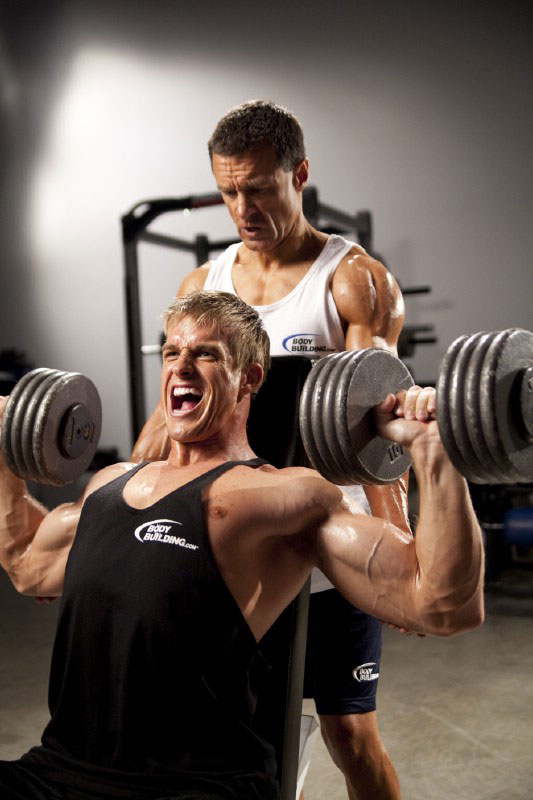Hey Davey,
Whenever I do crunches, I experience neck pain. What am I doing wrong?
Lots of love,
Collin
Hey Collin,
Crunches are a popular and effective exercise to increase abdominal strength. But when performed with compromised form, crunches can easily lead to neck pain and discomfort.
Here are some tips to maintain good form:
- Maintain a fist-sized space between your neck and chest. This will decrease strain on the semispinalis and multifidi neck muscles.
- Don’t tense your neck; keep neck muscles relaxed while crunching.
- Remember: The lifting motion is done by elevating your shoulder blades off of the floor rather than straining your neck forward.
- If your arms are behind your head, do not pull on your head. To prevent this, fold your arms across your chest.
- Stretch your neck muscles! It well help keep them relaxed.
If neck pain persists, then you’ll want to contact a medical professional for attention. And remember, as I shared in a recent YouTube video, it takes more than crunches to create a six pack!
Happy crunching!
Love,
Davey










